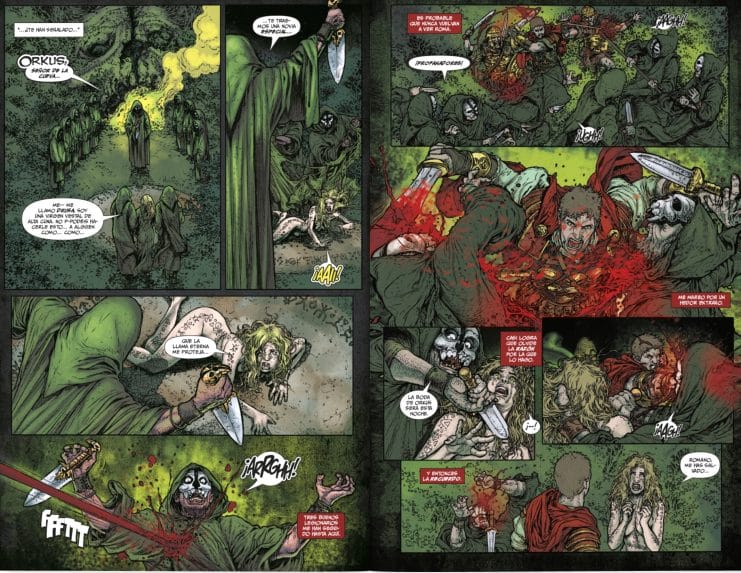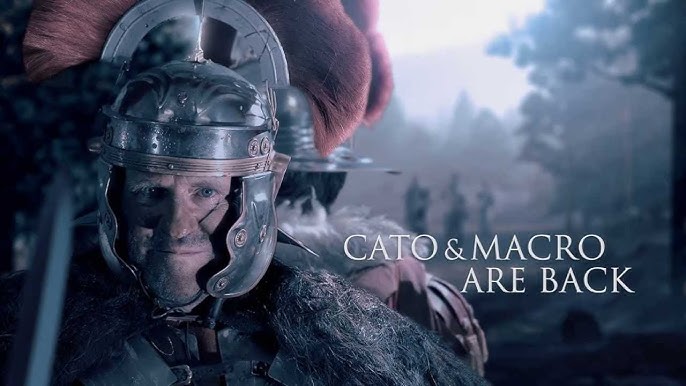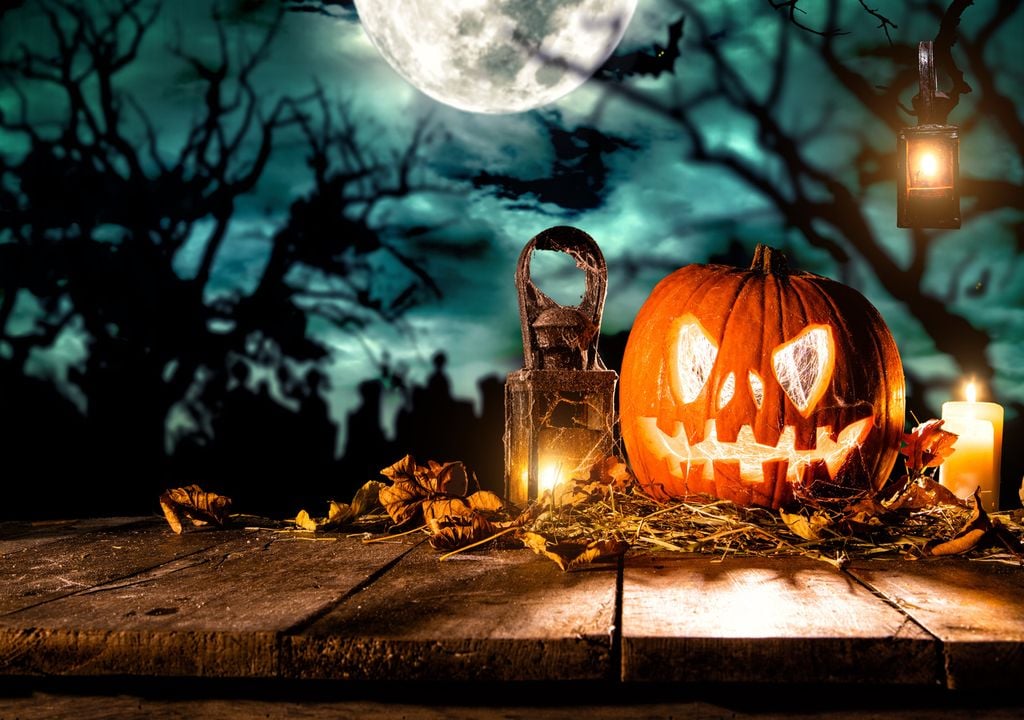The Celtic origins of a night of thresholds on October 31: Halloween, which today is a date between fire and mask, with druids and reverberations in popular culture
Halloweennow transformed into a global festival of costumes, sweets and illuminated pumpkins, has a origin much older and deeper linked to natural cycles. Its root is found in Samhainone of the four great celebrations of the Celtic calendar, marking the end of summer and the beginning of winter. This threshold between the seasons, the night between October 31 and November 1, was considered a time when the veil between the world of the living and the world of the dead became permeable.
During Samhain, the ancient Celts extinguished fires in their homes and rekindled them from ritual bonfires lit by druids, priests and keepers of the clans’ spiritual and natural knowledge. Around these fires offerings were made to the gods and spirits to ensure the protection of livestock and the fertility of the lands in the dark months. Halloween therefore has its roots in a vision of circular time, where death and rebirth are intertwined.


The Druids: Guardians of the Threshold
Los druids they played central role in Celtic societies. They were not only priests, but also judges, poets and sages. They guarded the collective memory and knowledge of nature and cosmic cycles. During Samhain, they were tasked with mediating between the worlds, interpreting signs of the afterlife, and directing rituals of purification and divination.
The figure of the Druid, shrouded in mystery, greatly fascinated Roman chroniclers, as was the case with Julius Caesar in De Bello Gallicolike modern authors. In the Roman imagination, Druids were the symbol of a dangerous, sometimes barbaric superstition that needed to be eradicated. However, over time their image evolved, as they went from forest priests feared for their power to wise protectors of nature and custodians of an ancestral spirituality.
Echoes of druids in literature and comics
Modern culture has reinterpreted druids in multiple ways, reflecting the same play of light and shadow that characterizes Halloween.
In the comics Asterixa series created by screenwriter René Goscinny and artist Albert Uderzo, the druid Panoramamix embodies the gentle, rationalized version of the ancient Celtic sage. His knowledge of herbs and potions, especially the famous magic potion, symbolizes natural wisdom in the face of the brutality of the Roman Empire.
In this humorous universe, the druid ceases to be a mediator between the living and the dead and becomes the mediator between tradition and cultural resistance. It is, in a certain sense, a comic echo of that same spiritual power that animated the Samhain bonfires, the ancestral knowledge that keeps a people alive against the invasion of the foreigner.


On the other hand, in the historical novels of Simon Scarrowespecially in the first episodes of the series Cato and Macrothe druids reappear from a darker and more realistic perspective. In the context of the Roman conquest of Britain in the 1st century AD, Druids are seen as leaders of native resistance, capable of inspiring both religious fervor and violence.
Thus, in the development of the first five novels: The eagle of the Empire, Rome wins!, The claws of the eagle, The eagle wolves Yes The eagle leaves Great Britain; Macro and Cato They must confront the Druids violently and savagely, earning a mutual animosity, which is then reproduced upon their return to Britain in the twelfth to fourteenth novels: Blood Ravens, blood brothers Yes Great Britain.


Scarrow takes up the vision that Rome already had, that of the druid as a political and spiritual enemy, symbol of a power that the Empire could not easily subdue. In this sense Samhain and its rites, with their charge of mystery and death, represent the persistence of a vision of the world contrary to imperial rationality.
In Roman comics the druids have the same image expressed by Simon Scarrow, as can be seen in the Britannia compilation volume published by Moztroswhere the miniseries created by Peter Milligan.
Halloween, like the druids, has survived Christianization, modernity and globalization. The Church has absorbed its essence by establishing the All the Gifts (November 1) e Day of the Dead (November 2), but the old idea of a night when spirits walk among the living has never entirely disappeared.
Today, when children and adults dress up as ghosts, witches or skeletons, they repeat – unconsciously – an echo of that druidic rite that marked the border between life and death; or even when they listen to the classic podcast La Casa de El from the “spooky season” as Violeta would say.
Likewise, reinterpretations of druids in comics, novels, and films demonstrate the validity of this liminal figure. Whether it is the sage Panorámix preparing his potion or the guerrilla druid facing the Romans in Scarrow’s novels, both reflect the same myth: that of the mediator between two worlds, between the visible and the invisible, between reason and magic, between history and myth.



